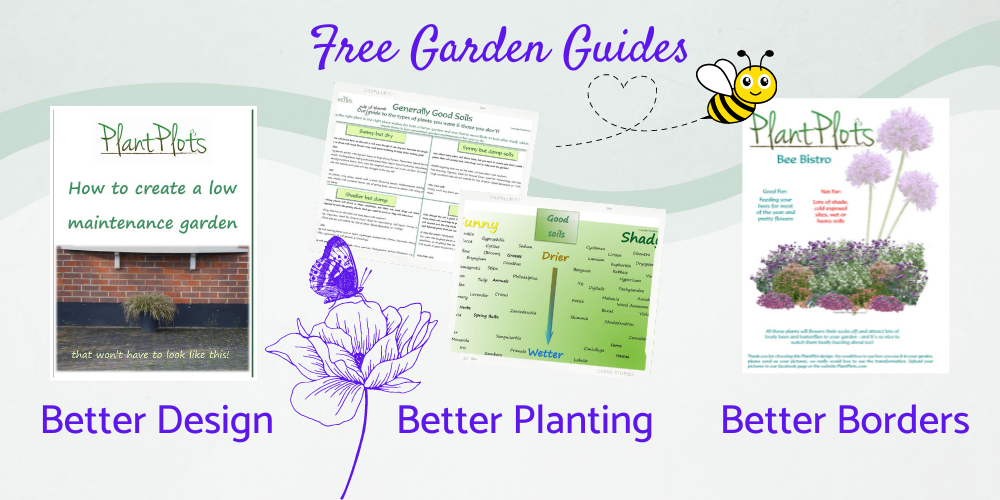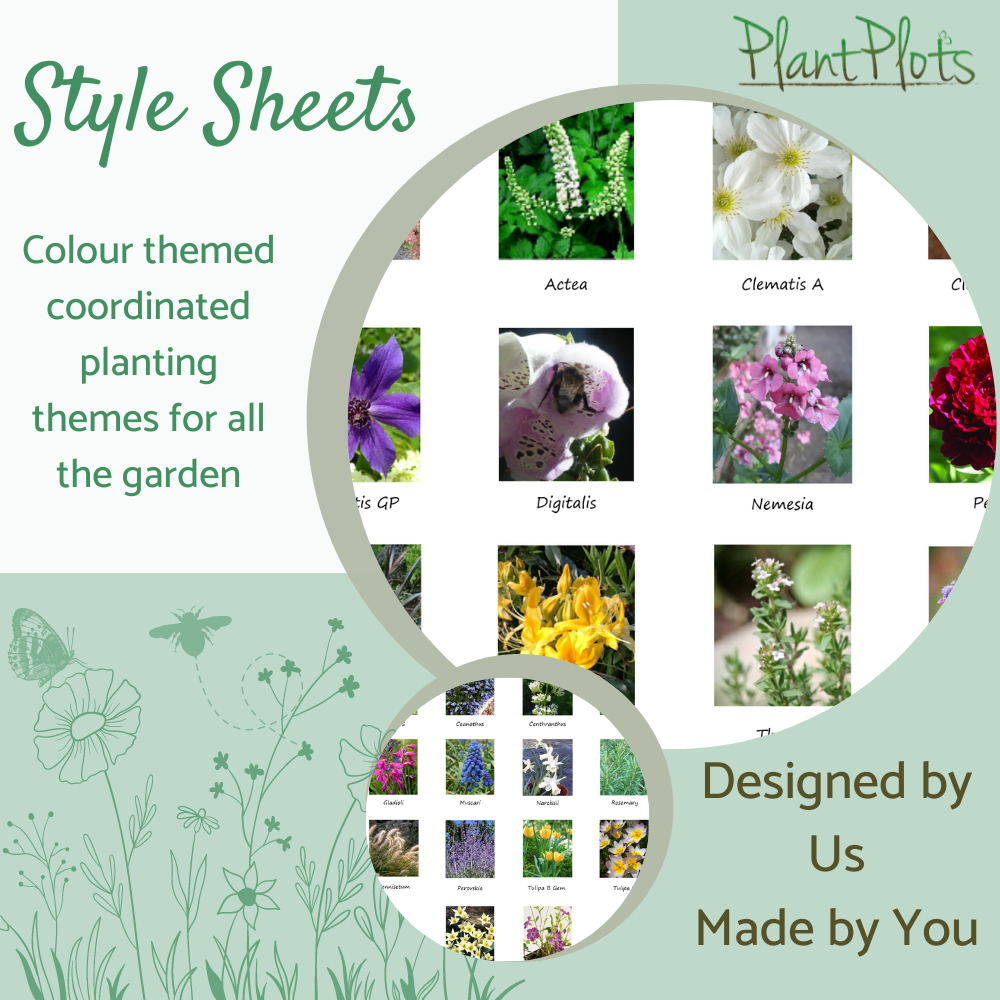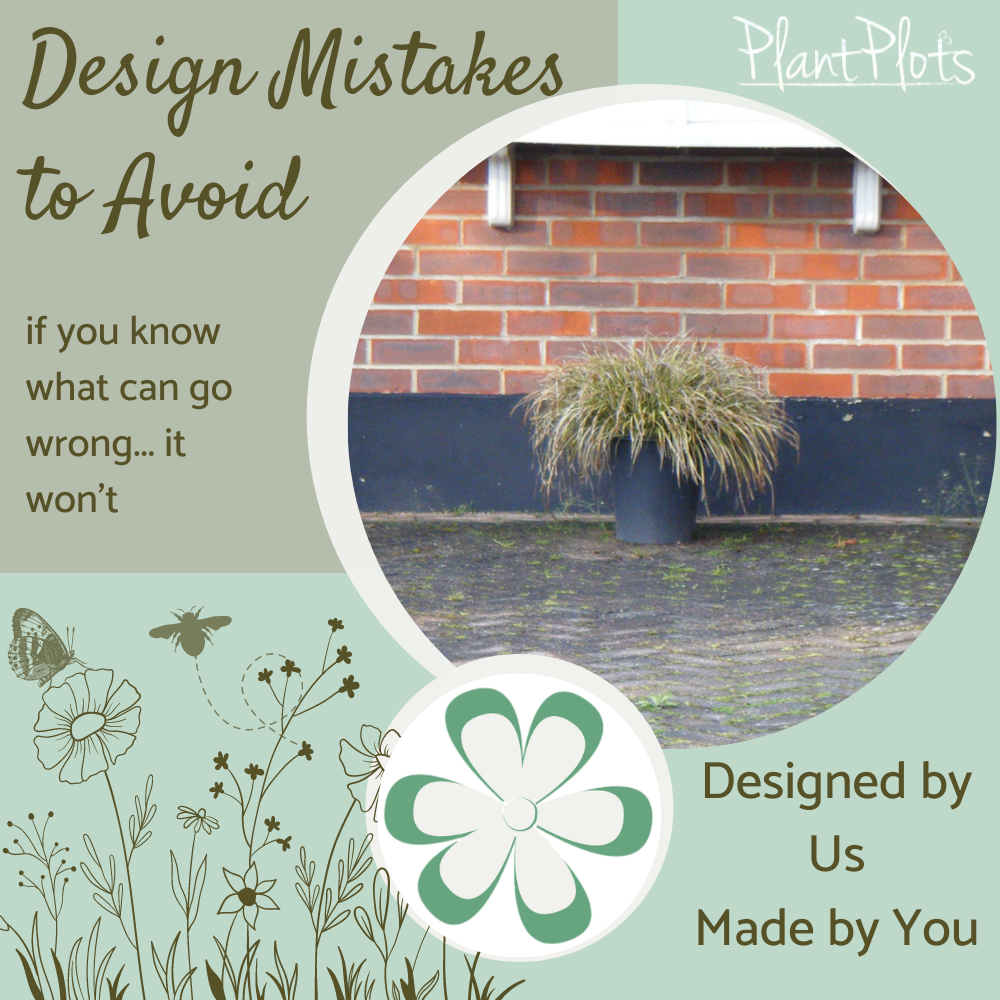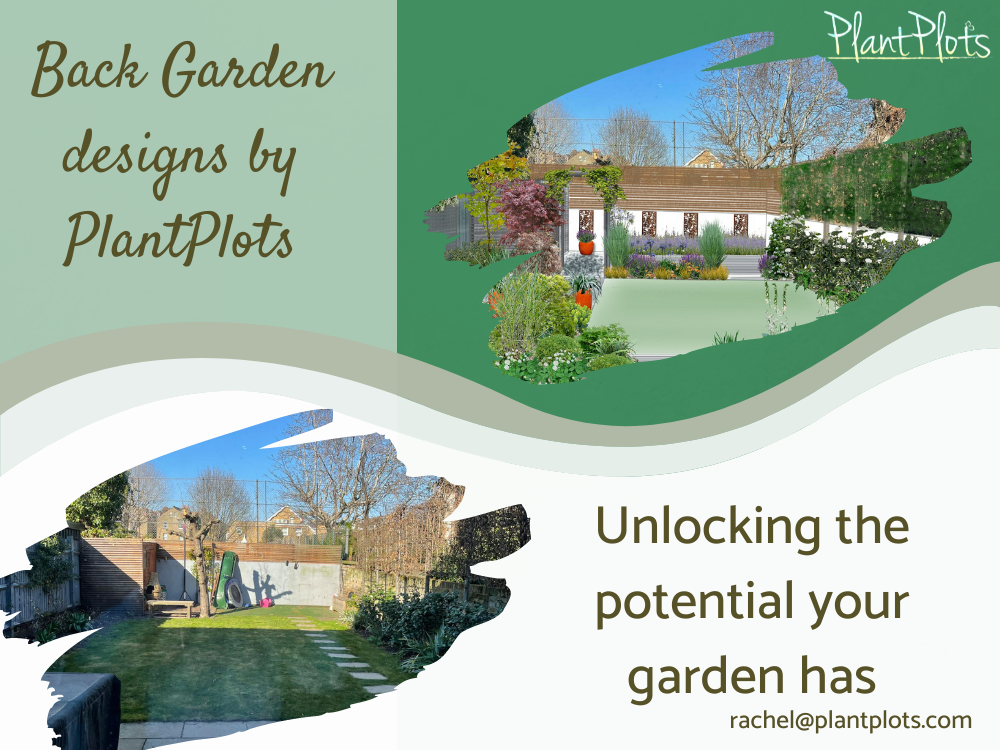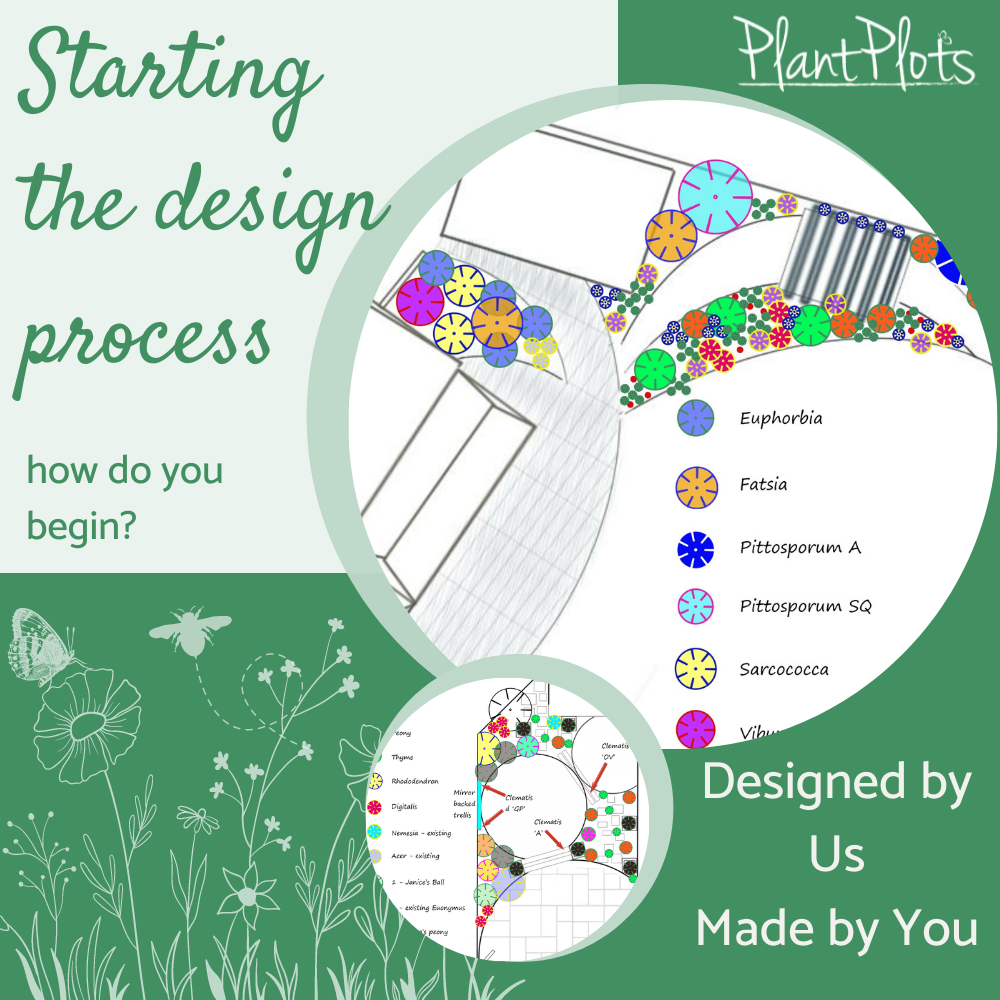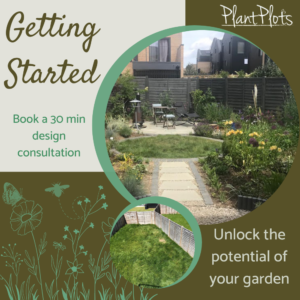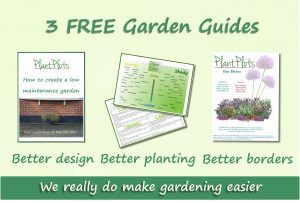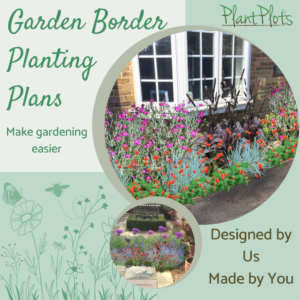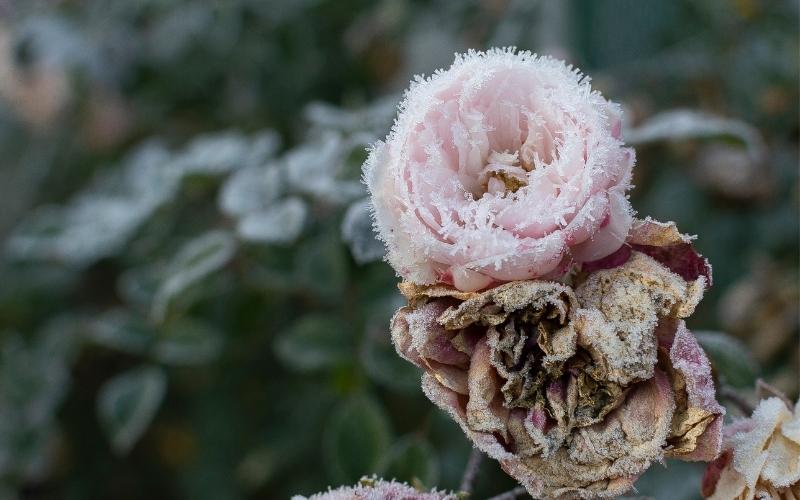
How can you encourage plants to grow happily in a cold exposed garden?
The key is a shelter belt, which means a deep planting of dense trees and shrubs that deflect and absorb the worst of the wind.
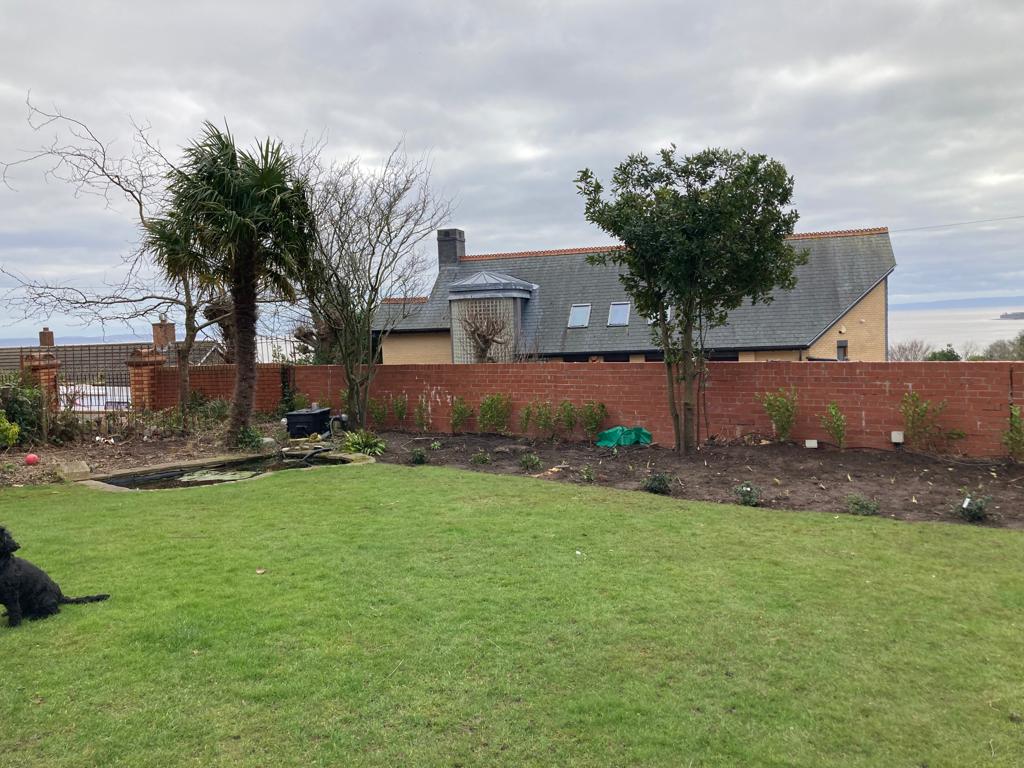
The diagram shows how the wind is ‘broken’ by the trees, but is still allowed to pass through. Single tall trees are not as effective as the wind merely scoots underneath. So once you have a shelter belt, then the downwind side, should be able to develop a more sheltered climate allowing you to plant.
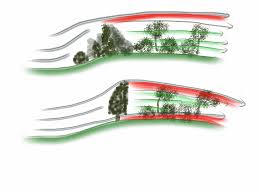 The second problem is frost pockets. Cold air sinks and fills hollows or dips with cold freezing air, if these areas are sheltered from the wind too, then the frost is deeper and more penetrating.
The second problem is frost pockets. Cold air sinks and fills hollows or dips with cold freezing air, if these areas are sheltered from the wind too, then the frost is deeper and more penetrating.
As we can’t control frost, it is sensible to try to only plant with frost-hardy plants. Also, ensure the soil is well drained as it is a combination of cold and wet that usually kills the plants.
Visit the shop for predesigned planting ideas for cold-exposed gardens.
Work with your weather:
Every garden is unique, it has its own microclimate caused by the type of soil, the trees and buildings that surround the garden. It’s aspect; whether the garden is predominantly in the shade or in the sunshine. Then there are the existing garden plants, these too create their own little microclimates. Plants shading other plants, trees dropping leaves or plants that use more water than their neighbours.
Then there is the macroclimate to consider. How the weather impacts the garden. It could be the garden is exposed and windswept. Maybe in winter, the cold air gets trapped in a frost hollow. Compaction means the soil cannot drain quickly and the ground is susceptible to waterlogging. How much, how hard and how often it rains all affect the priorities of your planting decisions.
Why, well, think of it like this. If the plants used are happy with the macro and micro climate, they will grow at their natural speed and in their natural shape because the plant has all it needs to grow well, it is able to withstand marauding pests more easily, it has not been weakened. If it can do ‘its own thing’ all by itself, it means you don’t have to intervene. It is the best way to create a low maintenance garden!
